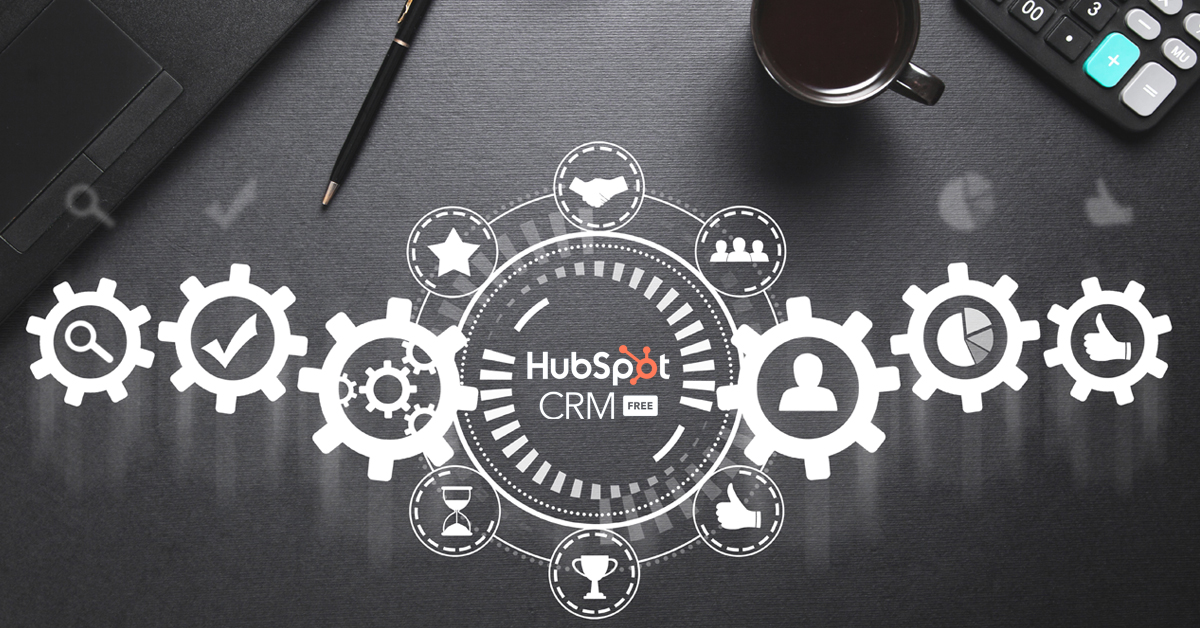Should a CRM be the foundation of your company’s marketing efforts?
March 9, 2022

Do you get emails from Amazon and Netflix? These are the giants of the business world and yet, they seem to pop into your inbox every week. Log in to Netflix and you’re sure to get a few notifications enticing you to watch another film.
Sometimes, you’re surprised at how uncannily accurate the emails are. And you click into a new title without thinking about how it got there. On a base of millions of customers, Amazon and Netflix have made it a high art. The volume of emails and promotions they send out on a daily basis is staggering. Think about how they’re tracking purchase and viewership.
Daily engagement is the goal. And since the effort is to keep you going back to the platform, it is managed with the intelligence built from your selection of purchases or the movies and serials that are viewed.
The only way things can be managed at this scale is with a sophisticated CRM at the backend where the profile about your interests gets richer over time and helps the companies drill down to find what you’re likely to be interested in.
With HubSpot CRM, marketing efforts become sharper
One of the biggest reasons to work with a CRM is to scale the business. Most communication within a company is only with active prospects, who are a small part of the potential base. And if each sales person is working with their own list of customers, the company does not get the benefit of the interactions. Or the learning.
With a CRM, you own your customer relationships. You don’t have to rely on lists or data from other sources. That truly gives you power.
Let’s take a simple example. If a company used paid digital media to get 100 leads a day, only 5-10 of them may be active prospects. It is important to log the details of the other 90-95 contacts. They are the people who have at least heard about your company and expressed interest. That’s the starting point for building a relationship.
It is quite possible that this will be passive and the contacts may not respond at all to communication. But it is important that they keep hearing from you. Think of your CRM as a radio station from which you send a stream of broadcasts periodically to your audience.
Never stop expanding the effort to build the list. It’s like a mutual fund SIP where you keep putting in the effort every month on a consistent basis. The payback over time can be exponential if this is well managed.
HubSpot’s CRM helps you automate the process of reaching out and maintaining contacts with customers. It may well begin with a few hundred contacts and then expand to have thousands, if not hundreds of thousands every year. With automation, the effort to reach hundreds of people is the same as reaching one million people. And that’s where the magic of the CRM comes into play.
HubSpot’s CRM helps you understand why customers buy
The reasons customers buy is varied. At a real estate company targeting customers in a certain locality, some customers bought an apartment because it was close to their places of work and they wanted to reduce the commute. Others were looking to get away from the hustle and bustle of the city but wanted the conveniences. Then, there were those who wanted to extend the time their children stayed at home when they attended professional college.
You have to leverage the CRM to get the most out of it. The more you use it to profile, understand and interact, the more the company stands to gain
Now, the ads spoke of the size of the apartments, the location and the track record of the group. But in personal communication over email, it is possible to add these little nuances from the CRM to help people make the decision that takes months, sometimes years. And the company needs to reach out to prospects on a consistent basis.
In a B2B product category where are orders placed periodically, keeping communication lines open and informing customers of new features and product advancements is critical. The more customers hear from the brand or are incentivised to visit the website, the better brand recall grows – as well as the preference for purchase.
HubSpot’s CRM outreach helps drive references and recommendations
Some products may have long sales cycles and only be bought once every few years. In which case, companies may believe that they need a fresh set of leads every time.
That’s where HubSpot’s CRM integration includes marketing, sales and service departments to keep the dialogue and conversation going. Satisfied customers are far more likely to provide references and recommendations.
That, in turn, drives down the cost per lead. For every business, it is a long-term objective. The only way to achieve it is to expand the base of interested prospects wider and deeper and understand their motivations.
With advance planning, a routine to communicate and the points to be touched upon can be established. HubSpot’s CRM becomes the command centre from which all customer touch points can be mobilised.
When companies the size of Amazon and Netflix can leverage CRM worldwide, it follows that companies hitting the speed bumps on growth will benefit from having the right tools to reach out to prospects and customers.
HubSpot’s CRM helps you build a marketing engine you can leverage for years. And as the customer and prospect base expands, you can use it to expand, drill down and segment customers at any stage of purchase.
Uniting marketing, sales and services across a single platform confers numerous benefits. And gets all your departments working together with ease.

Venu Gopal Nair
Advertising and Branding Specialist, CEO - Ideascape Communications, A professional journey through the tumultuous years of advertising and communication, starting in 1984. Started out in the age of print, saw the changes with the entry of satellite TV and the momentous transition to digital. Advertising and branding today is vastly different from its practices in the 20th century and the last two decades have seen dramatic changes with smartphone domination. As a Creative Director turned CEO, making the transition personally and professionally has been a tremendous experience.
Related Articles

April 13, 2023

February 22, 2023

May 22, 2023


